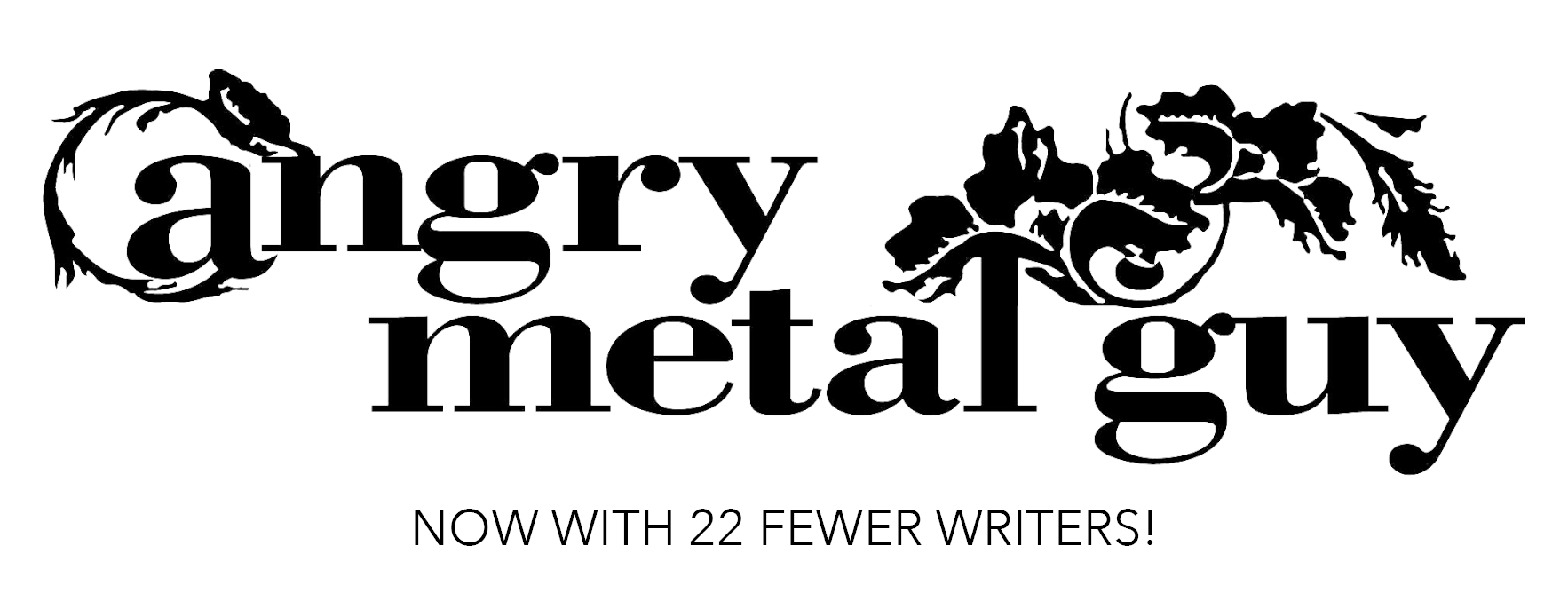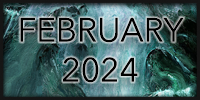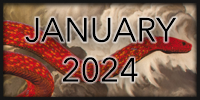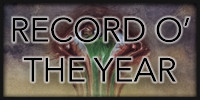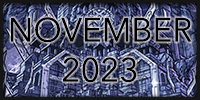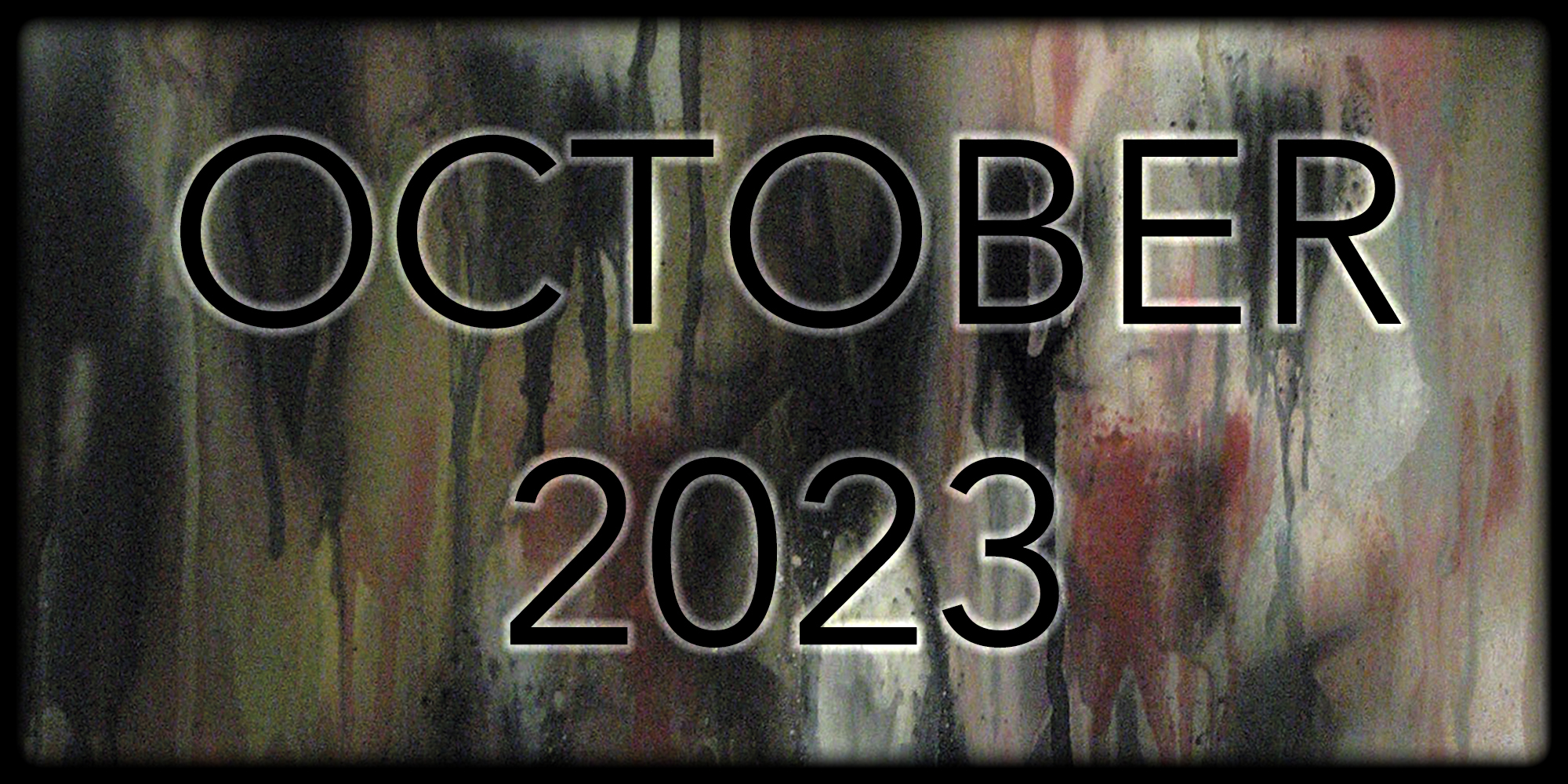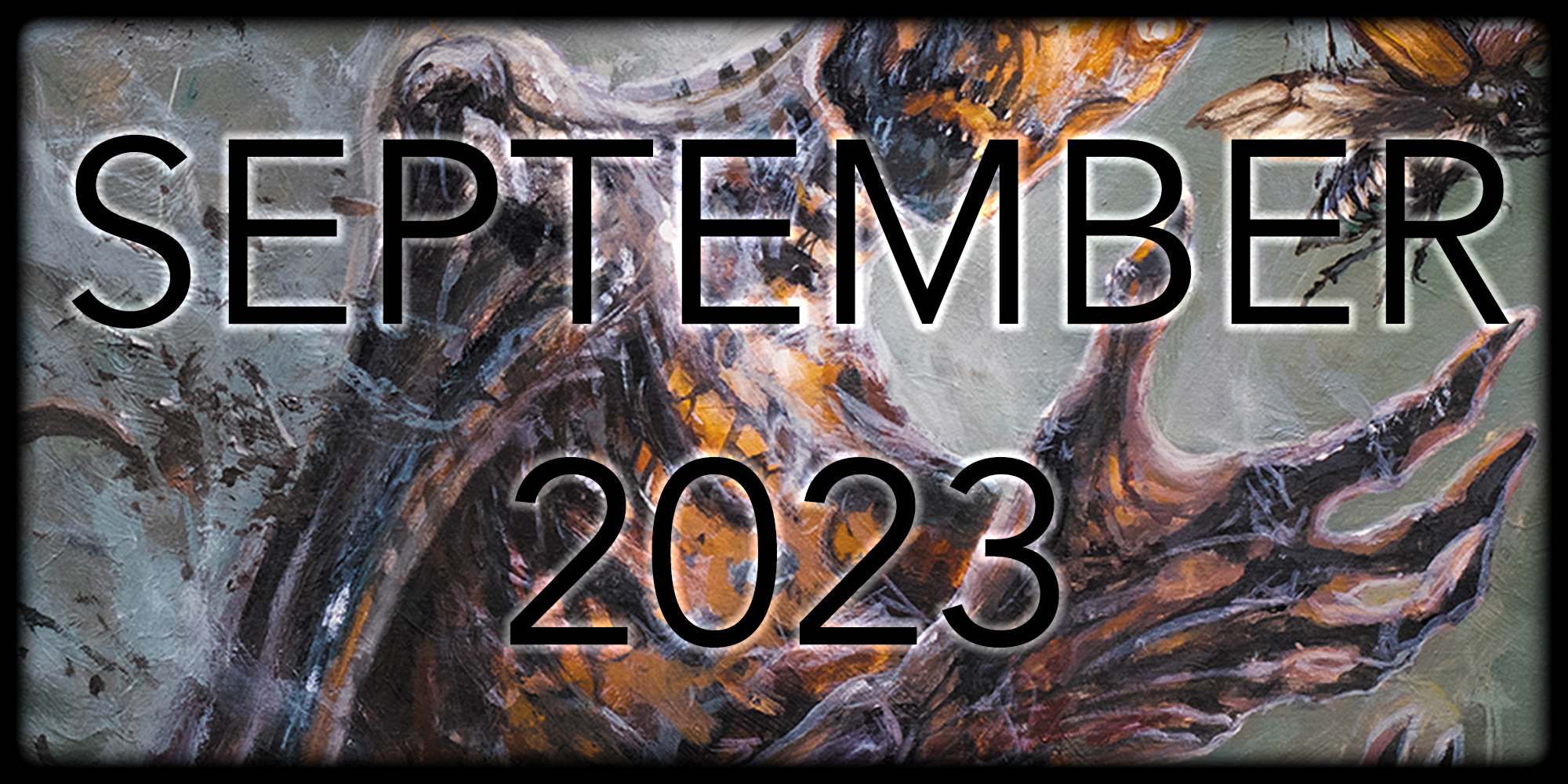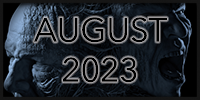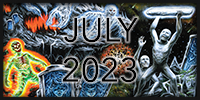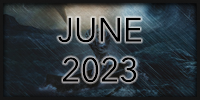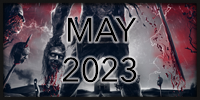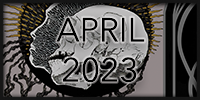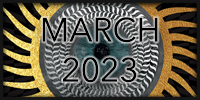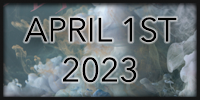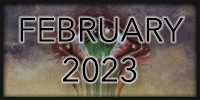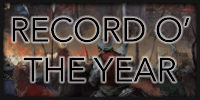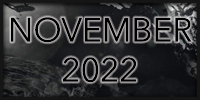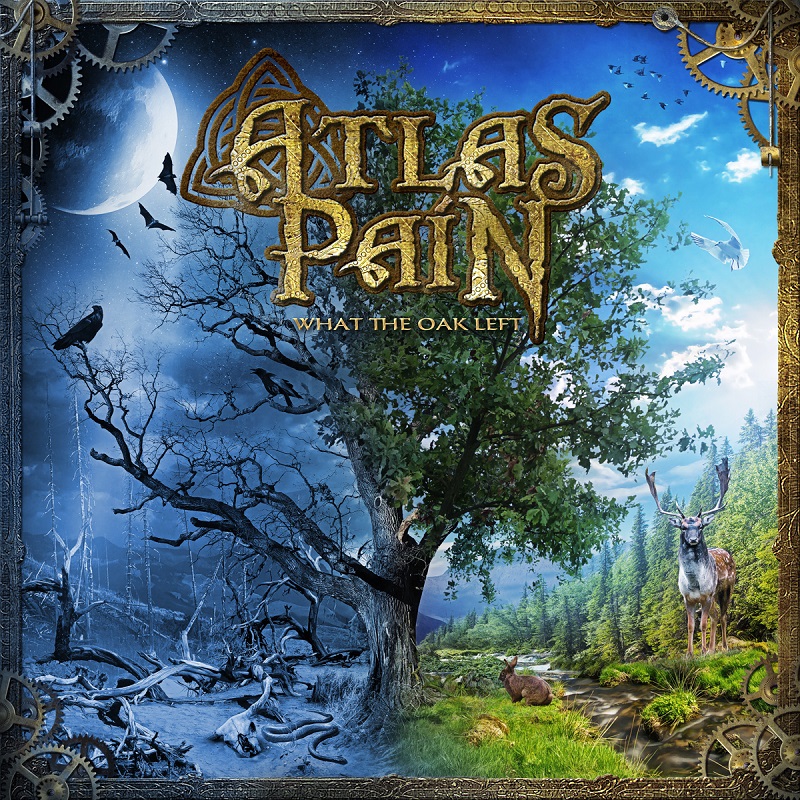 I like folk metal. It’s best when it takes the form of black metal infused with instrumentation and arrangements native to its respective country. Saor, Panopticon, and Nechochwen are truly great examples of this. The upbeat frolics of Finntroll, Korpiklaani, and their ilk are not merely average by comparison but actively annoying. I find their attempts at inducing happiness grating and vapid. There are logically two conclusions which I would likely reach following my random selection of Atlas Pain’s What the Oak Left: delight or irritation. Which was it? I’m afraid you’ll have to read on because otherwise, I’ll have wasted my time writing 500 further words.
I like folk metal. It’s best when it takes the form of black metal infused with instrumentation and arrangements native to its respective country. Saor, Panopticon, and Nechochwen are truly great examples of this. The upbeat frolics of Finntroll, Korpiklaani, and their ilk are not merely average by comparison but actively annoying. I find their attempts at inducing happiness grating and vapid. There are logically two conclusions which I would likely reach following my random selection of Atlas Pain’s What the Oak Left: delight or irritation. Which was it? I’m afraid you’ll have to read on because otherwise, I’ll have wasted my time writing 500 further words.
Folk metal is broad descriptor so I’ll first attempt to capture the essence of these fervent Italians. The best starting point is the compositions and density of Wintersun but with less black metal, more power metal and an ear for cheeriness above grandiosity. What the Oak Left is buoyant and nimble but thankfully avoids the bounciness which plagues other similar bands. There are significant classical elements too, almost occupying as much space as the metal. A typical range of symphonic instrumentation is present and correct (strings, piano, choir, xylophone) but it’s more than a basic backing track: a stellar effort is made to bridge the 2 styles. Rounding out the package are the curious yet pleasingly melodic, semi-harsh vocals and an effective layer of chugging guitars which demonstrate some decent riff-writing chops.
The metal and classical parts always work in tandem rather than counterpointing each other. Harmonies between violins and clean guitars are prevalent throughout, as are harmonies of the rasping growls with clean singing or choral chants. The choruses of “To the Moon” and “From the Lighthouse” best demonstrate the latter, both of which have uber-catchy vocal melodies. The net result of the effective fusion between these elements is that you’re able to headbang to the heavy stuff but also enjoy the alluring quality of the lightness. What the Oak Left is incredibly melodic, though. Beware the overwhelmingly heroic quality to the solos (hear “The Storm”) and the sincere, uplifting heights which a lot of this music reaches. I really don’t mean this negatively but the comparison I’ll invoke is Disney: nobility, hopefulness, and color characterize Atlas Pain. The bombastic closer, “White Overcast Line,” exemplifies this but is assuredly enjoyable.
 While What the Oak Left is jam-packed with satisfying material as documented above, I’m unfortunately left with the feeling that it’s somehow less than the sum of its parts. I’m enjoying it currently but I’m quite confident that it won’t endure the year. Perhaps it’s the unremitting stylistic consistency which lacks outstanding moments to energize proceedings. Perhaps it’s the relatively banal production. Perhaps it’s that more isn’t done to contrast the metal and symphonic instrumentation, instead of simply harmonizing everything. It’s just not as good as it could be even if striking on first listen.
While What the Oak Left is jam-packed with satisfying material as documented above, I’m unfortunately left with the feeling that it’s somehow less than the sum of its parts. I’m enjoying it currently but I’m quite confident that it won’t endure the year. Perhaps it’s the unremitting stylistic consistency which lacks outstanding moments to energize proceedings. Perhaps it’s the relatively banal production. Perhaps it’s that more isn’t done to contrast the metal and symphonic instrumentation, instead of simply harmonizing everything. It’s just not as good as it could be even if striking on first listen.
Still, Atlas Pain have released a commendable album for their first full-length. It captures a sense of adventure and makes for an enjoyable listening experience. The detailed compositions ensure the soaring melodies are not so superficial as to pass ineffectually over your head and the classical elements are better integrated than by many of the band’s peers. My overall satisfaction is perhaps diluted in comparison with a song-by-song analysis but there are strong foundations here from which improvement is certainly possible.
Rating: 3.0/5.0
DR: 6 | Format Reviewed: 160 kbps MP3
Label: Scarlet Records
Websites: atlaspain.it | facebook.com/atlaspain
Releases worldwide: March 10th, 2017
